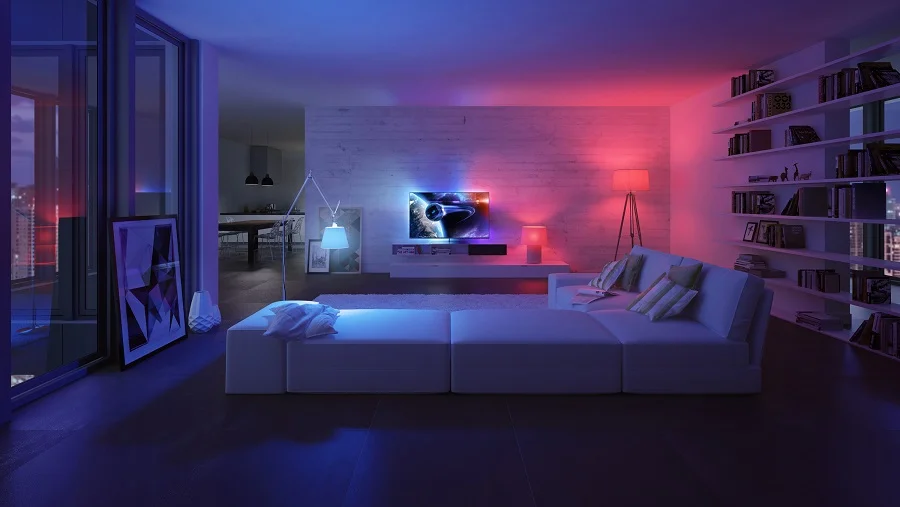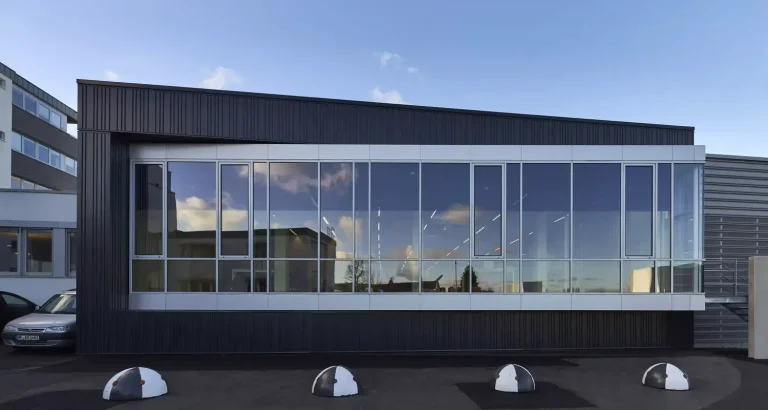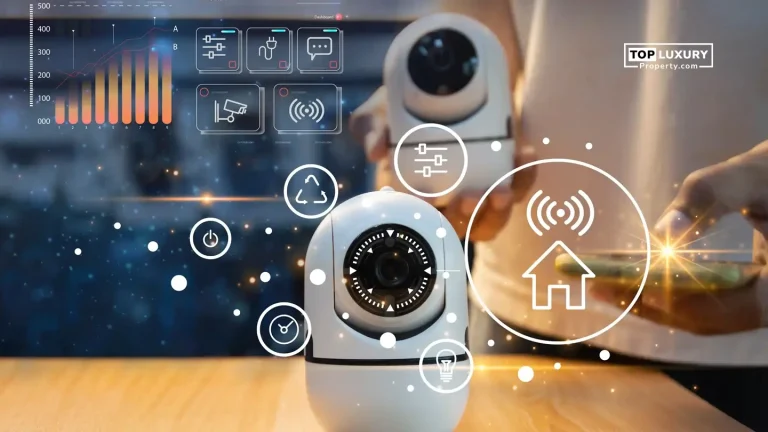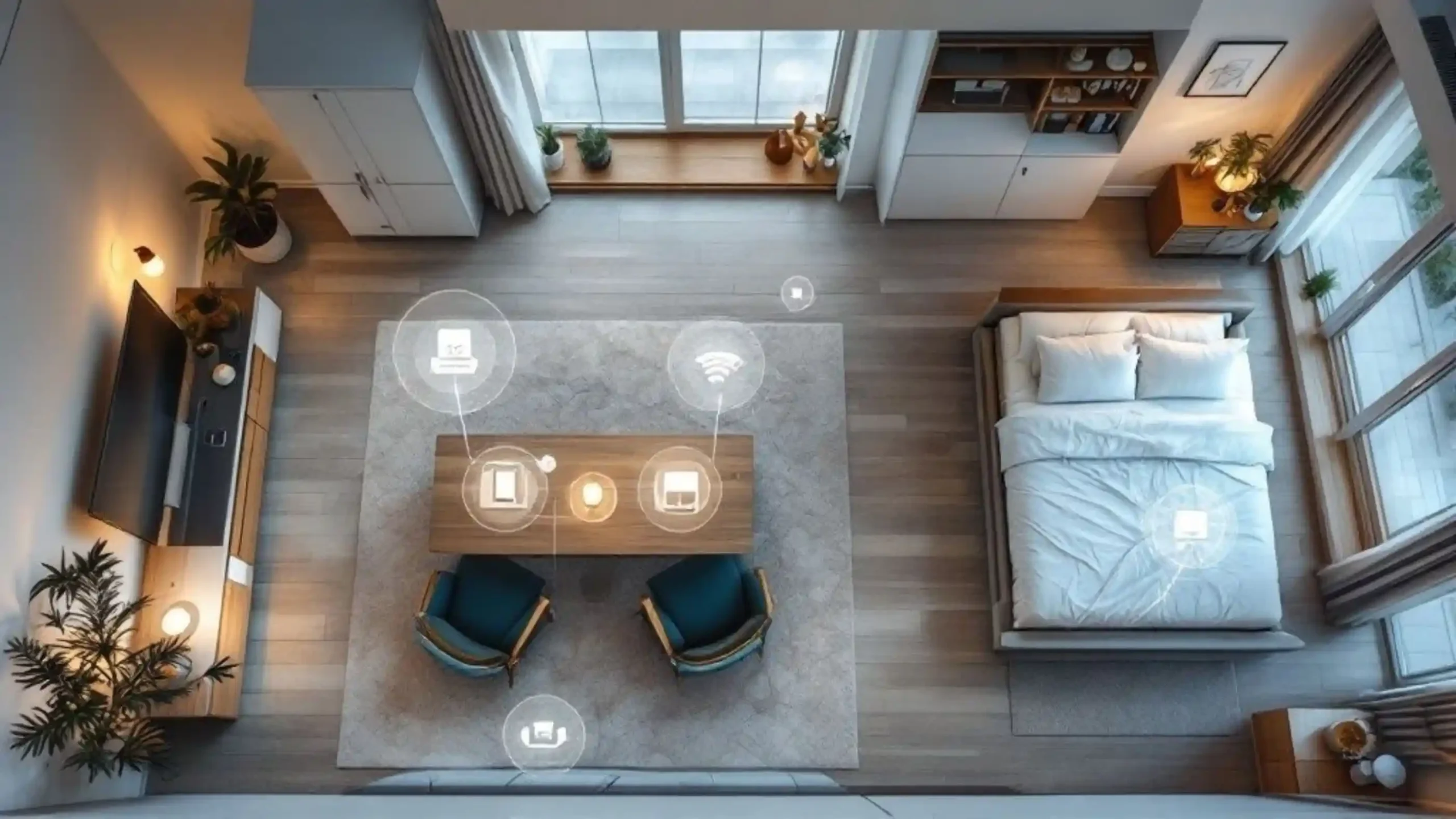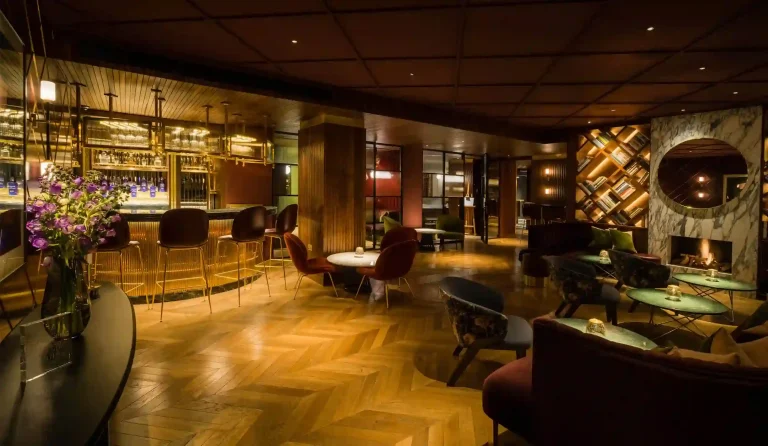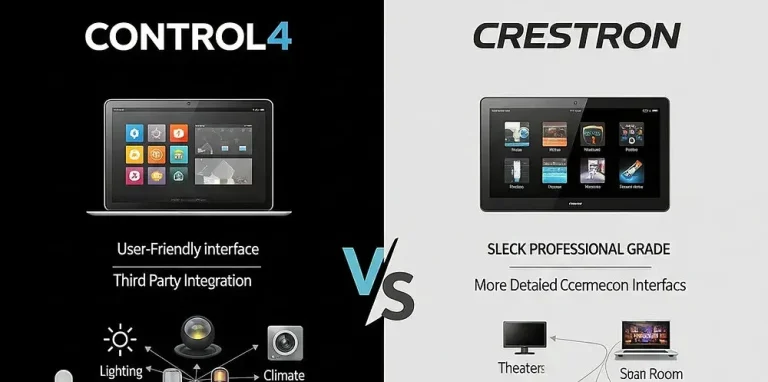Automated Wellness Rooms: Smart Lighting & Circadian Design
What Is an Automated Wellness Room with Circadian Lighting
A wellness room is a space intentionally designed to support physical and mental health. When you add automation and circadian design, the environment becomes dynamic: lighting, shading, possibly temperature, or even soundscapes adjust through the day in alignment with human biological rhythms.
In such a room, the smart lighting system follows a schedule or sensor feedback, gradually shifting color temperature and brightness to mimic natural daylight progression, bright, cooler tones in morning/afternoon, warm, er dimmer tones in evening, and very low levels near sleep time. This mimetic lighting is known as circadian lighting.
Automation manages transitions so they’re seamless and adaptive. For example, sensors detect occupancy or ambient daylight and adjust lighting accordingly. The room can also synchronize with blinds or shading systems to admit or block natural light. When done well, the user doesn’t have to think; the room responds.
Wellness rooms of this nature are becoming especially valued in luxury homes, boutique hotels, medical retreats, and holistic spas.
Why Use Smart + Circadian Design in Wellness Rooms
Supporting Sleep, Mood & Biological Health
Light is one of the strongest cues for the body’s internal clock (circadian rhythm). Exposure to light with appropriate intensities and spectral composition helps regulate hormones like cortisol and melatonin, which control alertness and sleep cycles. Poor lighting (too much blue light late, overly warm light in midday) can disrupt this cycle.
By designing lighting that transitions in spectrum and intensity through the day, wellness rooms help align the body clock for better sleep onset, improved daytime alertness, and stabilized mood. This is the core rationale behind circadian lighting in smart homes.
Enhanced Experience & Luxury Differentiation
In luxury markets, wellness is a major selling point. A room that not only looks elegant but feels attuned to your biological needs becomes a signature experience. Guests or residents can feel (not just see) that the space is designed to care for them, not just to look good.
Automation ensures that transitions are smooth no abrupt flickering, manual switches, or confusing controls. The ambiance evolves subtly and gracefully, creating an immersive, calming environment.
Adaptivity & Personalization
Every person’s circadian rhythm is slightly different. A good automated wellness room allows personalization, adjusting timing, intensity curves, or overrides. The system may also adapt to season, daylight availability, and daylight savings. Automation logic can factor in external sensors or weather, optimizing indoor color/brightness accordingly.
Energy Efficiency & Lighting Longevity
Because the lighting system is adaptive, it can reduce output when full brightness is unnecessary (e.g., during daylight). Lower stress on LEDs, softer transitions, and intelligent dimming extend lamp life and save energy. Smart systems can also reduce unnecessary blue-light emission late at night, reducing wasted light and glare.
Integration with Other Systems
A truly wellness-oriented room isn’t just about light. Automation can integrate with shading, HVAC (slightly cooler temps at night), air quality monitoring, soundscapes, and sleep tracking systems. A unified ecosystem can orchestrate the entire environment for maximal benefit.
Key Considerations & Design Principles
Before listing products and use cases, here are the critical design principles and standards to follow:
-
Use tunable white or orfull-spectrumm LED systems that support dynamic color temperature across the day. RGBTW systems allow more spectral granularity.
-
Measure in equivalent melanopic lux (EML), a metric weighted to the ipRGCs (non-image photoreceptors) to ensure the light supports circadian response.
-
Maintain appropriate vertical illuminance levels: during the day, sufficient light for visual comfort and circadian stimulation; at night, reduce to low levels.
-
Avoid glare, ensure smooth dimming curves, and allow manual override.
-
Integrate with shading or daylight control so the system can respond to external light levels.
-
Use scene scheduling, sensor inputs, and adaptive logic, possibly AI or learning features.
With this foundation, we can now look at real product examples that support these design goals.
Real Product Examples for Smart + Circadian Lighting
Below are five robust products that can be used in an automated wellness room. Each is explained in detail on how it contributes, its features, and tips for integration.
1. BIOS Lighting Circadian A19 LED Light Bulb
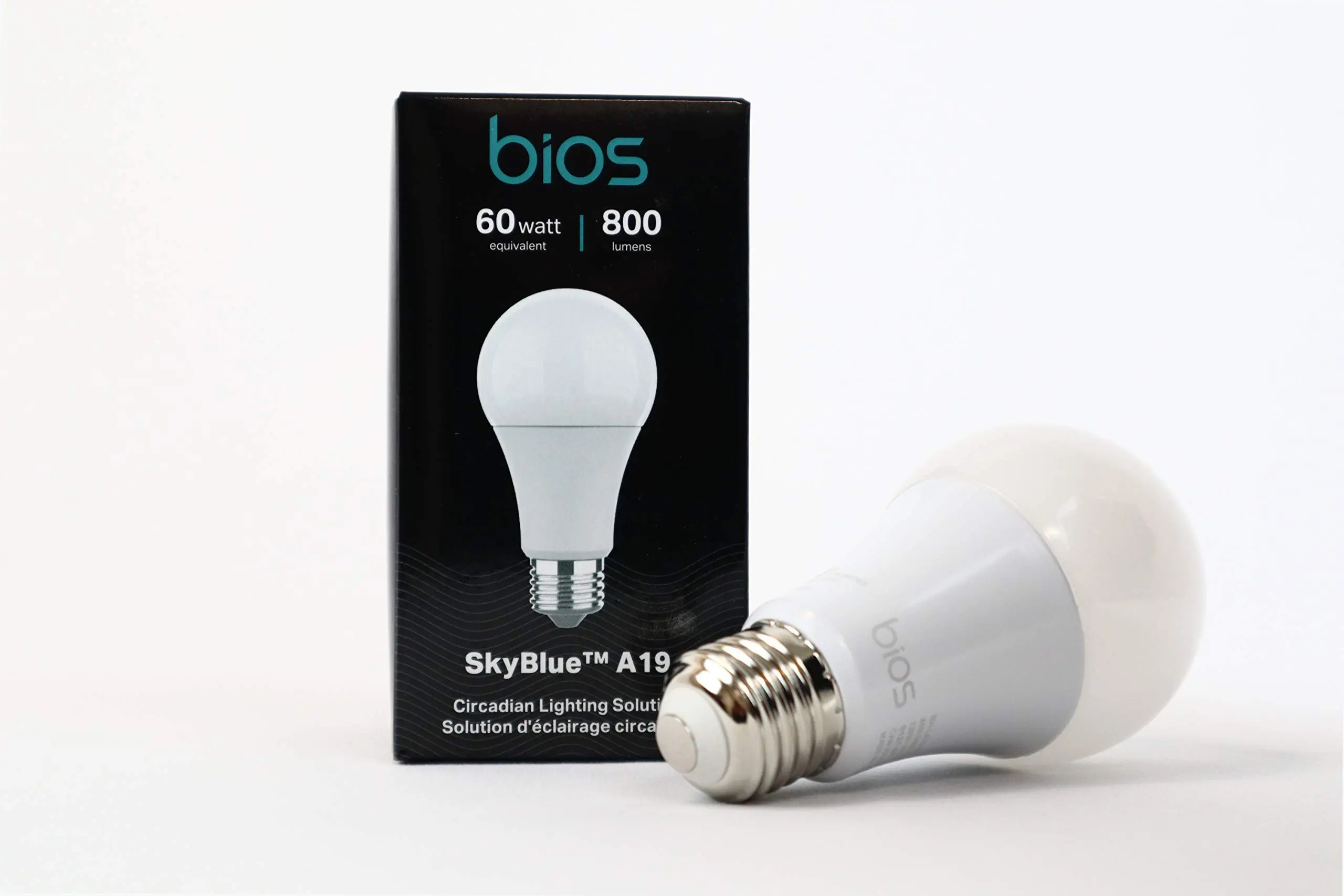
This is a tunable full-spectrum LED bulb designed to support circadian rhythms. It can dynamically shift its spectrum (color temperature) through the day while maintaining good color rendering for visual tasks.
In a wellness room, this bulb can control ambient overhead lighting, adjusting from cooler whites in the morning (for alertness) to warmer whites in the evening (for winding down). A controller or automation hub can drive schedules or sensor-based changes. The advantage: retrofit into standard fixtures without major rewiring.
When used intelligently, the BIOS bulb provides both visual lighting and biological support. The lighting designer must coordinate dose curves (how quickly the spectrum shifts) and transitions so they feel natural.
2. Circadian Full-Spectrum Light Bulb
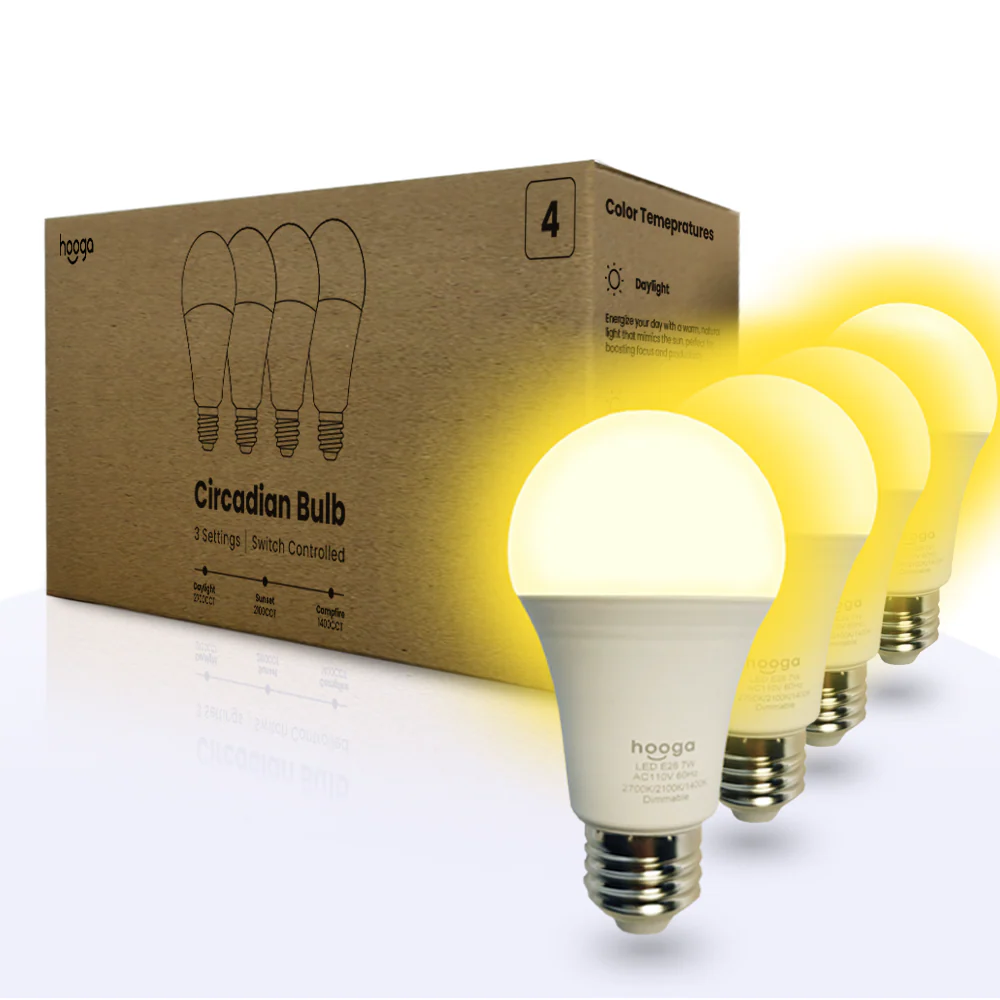
This bulb offers broad spectral coverage, often marketed as full spectrum. In a wellness room, it can support not only circadian lighting but also visual tasks and color rendering. The system can shift output throughout the day.
Because this is a dedicated circadian bulb, the integration focus is ensuring the control system supports fine spectral control and dimming without flicker.
3. Circadian Optics Lamp Light Therapy Lamp
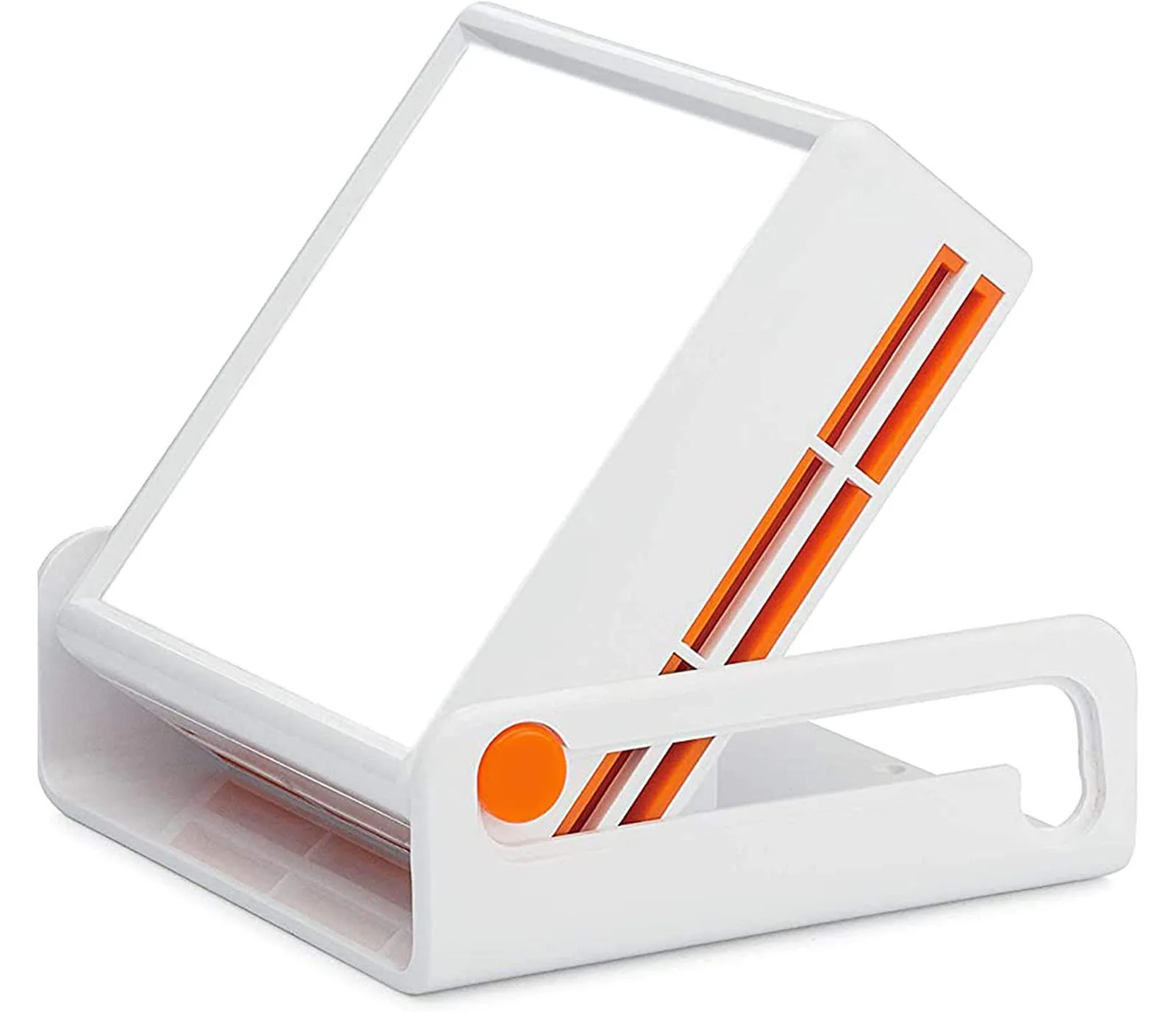
This is a strong light therapy lamp (often 10,000 lux) used to simulate daylight or deliver circadian stimulus, especially useful in rooms with less natural light or during seasons with shorter days. In an automated wellness room, this device can supplement ambient lighting during cloudy days or trigger in “morning boost” modes.
Designers may place the lamp near seating or desk zones. Automation logic may turn it on early morning to supplement the main lighting system, gradually phasing out as the main tunable lighting picks up.
4. Feit BR30 Color Changing LED Bulb
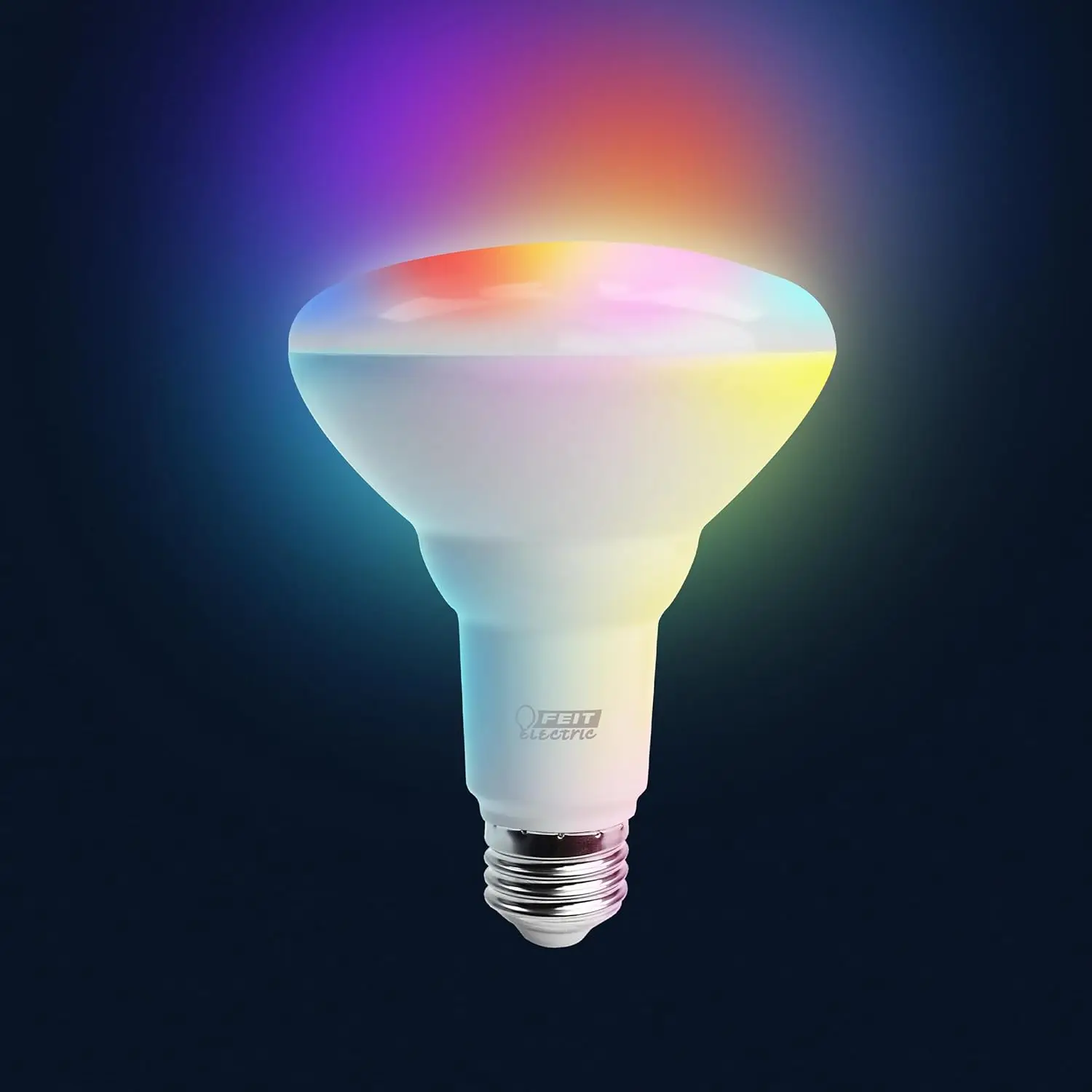
This is a recessed LED (BR30 format) that supports color and tunable white modes. Because wellness rooms often use downlights or ceiling cavities, a BR30 form factor fits well. Designers can use these bulbs to deliver task lighting or ambient downlight while controlling the spectrum.
In a wellness room, they help deliver layered lighting: ambient overhead, accent, and task lighting all under the control of the circadian schedule.
5. Circadian Optics Light Therapy Lamp (Ultra Bright 10,000 Lux)

A more powerful variant of the therapy lamp, this model offers stronger intensity. In rooms with heavy shading or limited natural light, it can produce robust stimulation for the circadian system. In automation, it pairs with scheduled or sensor-driven activation to boost biological signals during morning hours or in winter months.
Use Cases & Problem Solving
Here are concrete scenarios where automated wellness rooms shine and the problems they solve.
Use Case A: Home Sleep & Recovery Sanctuary
Problem: Many people struggle with sleep disruptions due to artificial lighting,late-night device use, or inconsistent light exposure. Bedrooms often have static warm lighting that doesn’t support waking or deep sleep cycles.
Solution: In a wellness bedroom, overhead and accent lighting use tunable bulbs (like BIOS or full spectrum) controlled by automation. In the morning, the light gradually shifts from dim warm to bright cool, simulating sunrise. During the day, lighting remains balanced for tasks. Evening transitions warm and dim to low levels. The therapy lamp can be used in winter mornings to supplement daylight. If desired, shading can be adjusted to block strong glare or allow morning light. The automation ensures smooth transitions and minimal blue light late at night.
This design solves the mismatch between static lighting and human biological needs, improving sleep onset, recovery, and mood.
Use Case B: Wellness Studio or Meditation Room
Problem: A dedicated wellness or meditation room wants lighting that supports focus, relaxation, and transitions between energies. Static lighting feels flat and disconnected.
Solution: Use layered lighting: overhead tunable LEDs, accent strips, and ambient sources, all controlled by a wellness automation engine. In early use, the system can start with a cool ambient tone to set alertness, then gradually shift toward warmer, dimmer tones for relaxation or meditation. The transitions are timed and adaptive. If occupancy sensors detect no user, the system dims gently or goes into rest mode.
This solves the challenge of static lighting poorly supporting shifting mental states and creates an immersive wellness experience.
Use Case C: Spa, Retreat, or Boutique Hotel Wellness Suite
Problem: Guests expect luxury and health support, rt but lighting often feels sterile or generic. The lighting may not be adaptive or sensitive to circadian principles.
Solution: The automation system synchronizes lighting, shading, and ambience across the wellness suite. When a guest enters, a “welcome wellness” scene triggers moderate ambient light. Over time, the lighting should change according to timegtdayday-day or treatment schedule (massage, meditation, rest). The system can integrate with booking or room use data to schedule lighting profiles. Therapy lamps are used to supplement natural light in enclosed spaces.
The problem of generic lighting is replaced by a responsive, branded, health-forward experience that distinguishes the venue.
Use Case D: Home Office / Study Supporting Alertness
Problem: Long hours in poorly lit rooms lead to fatigue and circadian disruption. Static artificial light can feel unnatural.
Solution: In a wellness room that doubles as an office, the lighting system increases color temperature (cooler white) in the mid-morning and afternoon to promote focus. Before lunch and late afternoon, lighting gradually warms or dims to reduce blue light stress. The therapy lamp may trigger during low daylight hours to maintain circadian reinforcement. Automation ensures adjustments without user interaction.
This resolves the conflict between functional task lighting and biological support.
Use Case E: Adaptive Lighting for Season & Daylight Variation
Problem: In regions with variable daylight (cloudy days, seasonal changes), static lighting setups either overcompensate or leave too dim.
Solution: Automation integrates daylight sensors and external light measurement. Based on ambient daylight, the system adjusts tunable lighting to maintain desired melanopic stimulus levels. On overcast days, the therapy lamp or supplemental sources boost light. In bright days, artificial lighting dims or shuts off. This dynamic adaptation ensures consistency even across seasons.
This solves the problem of static lighting not responding to external changes, maintaining wellness outcomes year-round.
How to Design, Buy & Implement an Automated Wellness Room
1. Define Goals & Biological Curves
Begin with the wellness objective: sleep support? Daytime performance? Recovery? Choose your target circadian curves (e.g., timing of peaks, color shifts). Use melanopic lux calculations and daylight modeling to define your lighting budget.
2. Select Lighting Hardware & Control Platform
Choose tunable LED hardware (fixtures, downlights, strips) with good CRI and spectral range. Select a control system (e.g., Savant Daylight Mode, Ketra, Crestron driver, or dedicated circadian lighting controllers). For example, Savant’s Daylight Mode automatically aligns lighting to circadian cycles.
Ensure your control hub supports scene programming, time-of-day schedules, sensor feedback, and override overrides.
3. Map Zones & Layer Lighting
Divide the room into zones: ambient, task, accent, therapy. Decide which zones get full circadian control and which are static. Plan fixture layouts to balance uniformity, contrast, and highlight features.
4. Integrate Sensors & Shading
Add occupancy sensors, daylight sensors, and incorporate shading or motorized blinds. These allow the system to sense ambient conditions and respond accordingly. The combined system can harmonize light and shade for optimal comfort and stimulus.
5. Program Transitions, Scenes & Automation
Write transitions that feel natural (e.g, linear fading over minutes rather than abrupt jumps). Define scenes (Morning, Day, Afternoon, Evening, Night). Include user override paths. Consider learning features or AI adjustments based on user behavior.
6. Install, Commission & Calibrate
Commission spectral tuning, dimming curves, transitions. Test with real users. Adjust brightness levels and transition speed. Use spectrometers or light meters to validate melanopic lux levels.
7. Provide User Interface & Manual Controls
Even though automation is central, always provide manual override (touch panel, app, voice). Some users may want to adjust brightness or skip a phase. The override should integrate gracefully, not override the core schedule entirely.
8. Maintenance, Update & Monitoring
Ensure firmware and driver updates are manageable. Monitor system health, sensor calibration drift, and user feedback. Be prepared to tweak timing or transitions over time.
9. Buying & Supply Notes
-
Purchase through authorized automation or lighting integrators to ensure compatibility and support.
-
For the example products listed, use verified retailers: e,.g. BIOS Lighting via authorized dealers, therapy lamps via health tech suppliers, specialty lighting stores.
-
Make sure the components (bulbs, drivers, panels) support open protocols (DMX, DALI, Zigbee, etc.), to avoid lock-in.
-
When budgeting, include calibration, installation, commissioning, and design labor, not just hardware.
Frequently Asked Questions
Q1: Can I retrofit an existing room into an automated wellness room without full rewiring?
A: Yes, to a degree. Retrofitting is feasible using smart bulbs (tunable LED), plug-in therapy lamps, wireless controls, and mobile or app control systems. However, deeper integration (shading, sensors, new fixtures) may require wiring or ceiling access for a fuller experience.
Q2: How much does such a system cost?
A: Costs vary depending on room size, fixture count, control system complexity, and integration. As a rough estimate, modest wellness rooms might start in the low thousands (USD) for bulbs, controllers, and calibration, while fully integrated luxury rooms could run tens of thousands, depending on scale and automation scope.
Q3: Is there scientific evidence supporting circadian lighting benefits?
A: Yes. Research shows that light with appropriate spectral and intensity timing helps regulate melatonin, supports sleep quality, improves daytime performance, mood, and overall circadian health. Lighting design standards (e.g, WELL Building Standard) incorporate metrics like melanopic lux to guide circadian lighting design.
